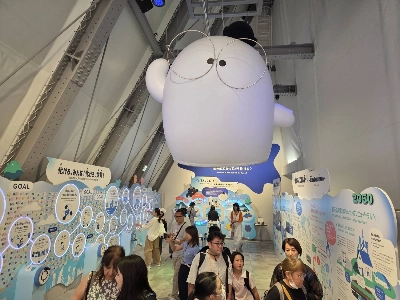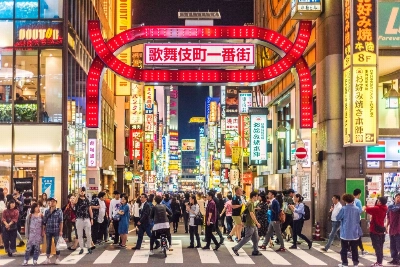When COVID-19 broke the U.S. economy, the trains and buses that carried millions of Americans to work every day emptied out. A $70 billion lifeline from the federal government kept them going — a bet that someday they would again be packed with commuters.
Five years later, that day has come. Workers and tourists are back on the rails and roads. Throngs of straphangers stand shoulder-to-shoulder on the subway. Finding a seat on a crowded rush-hour express train feels like a small victory. For transportation systems from New York to Chicago to San Francisco, it should be a moment to exhale. Faced with extinction, they survived.
Yet there has been no time for celebration.


















With your current subscription plan you can comment on stories. However, before writing your first comment, please create a display name in the Profile section of your subscriber account page.